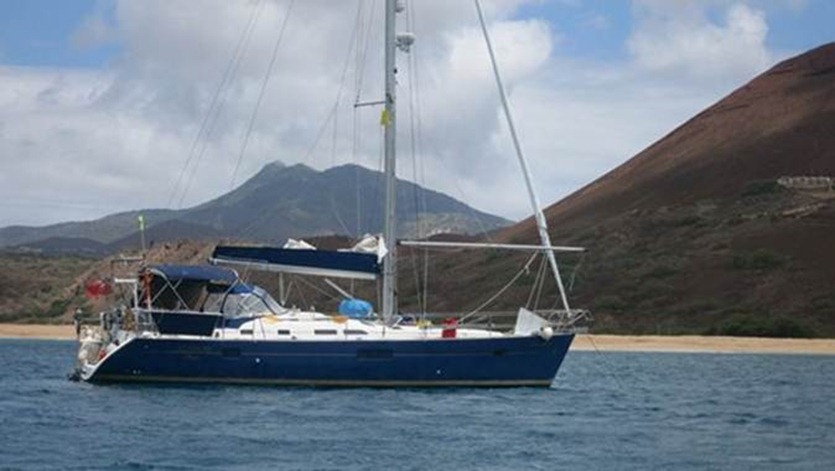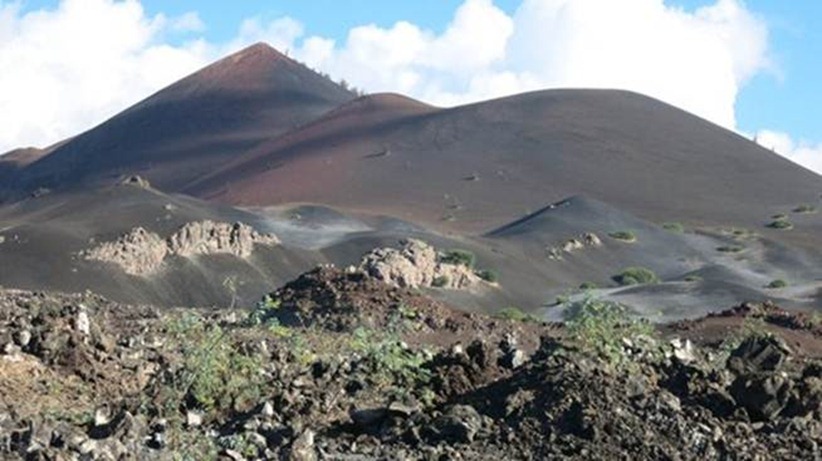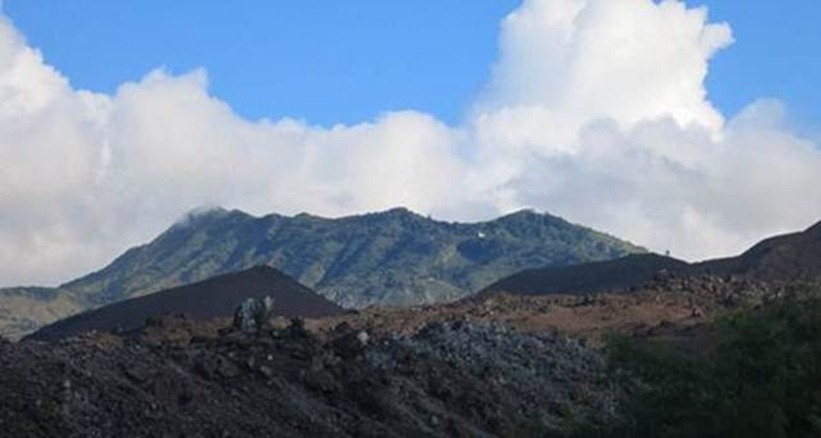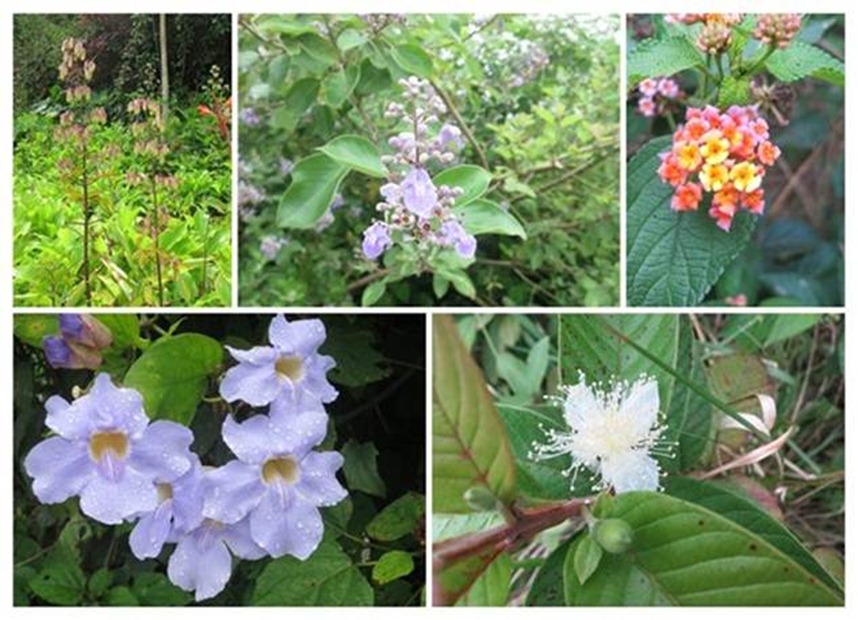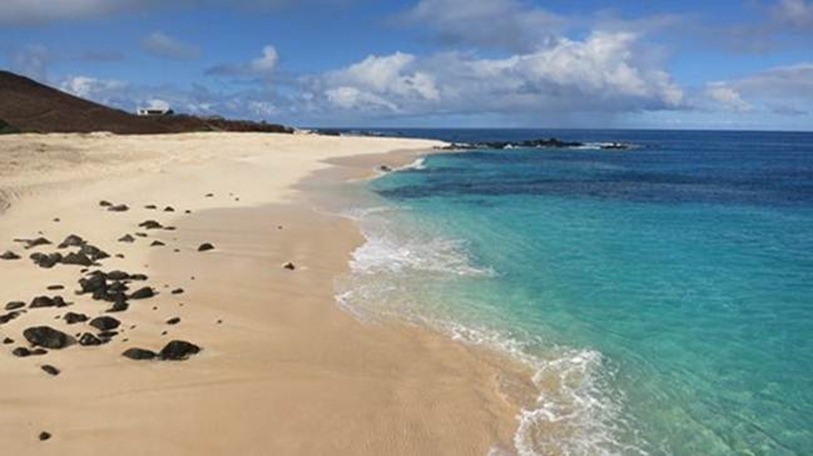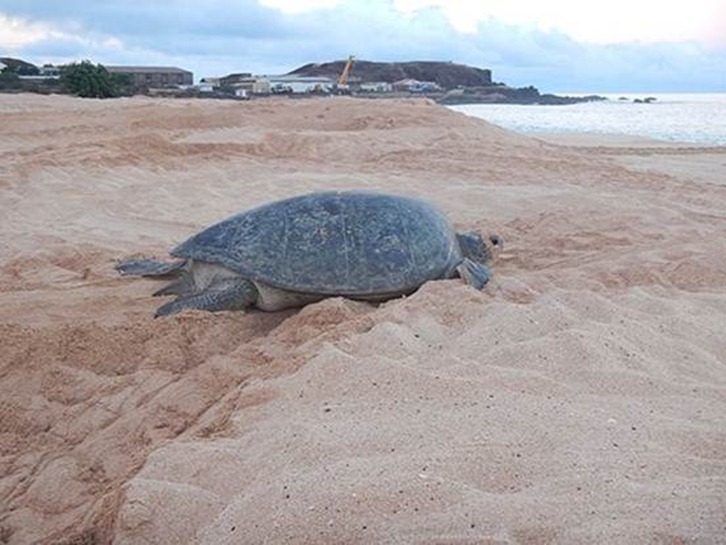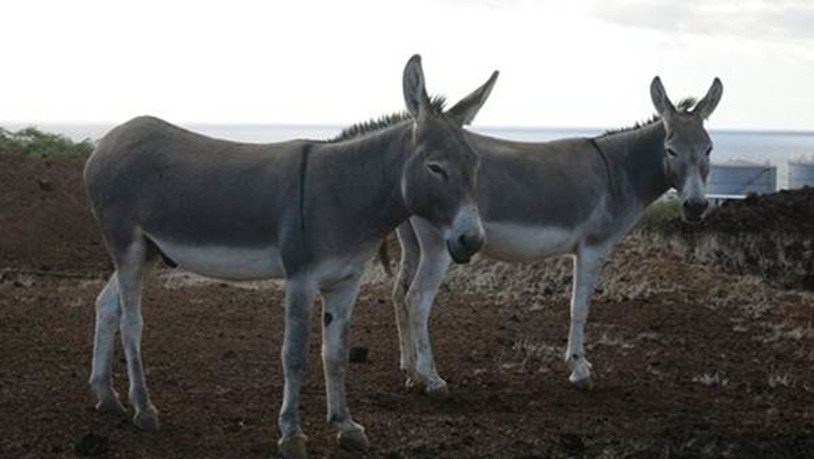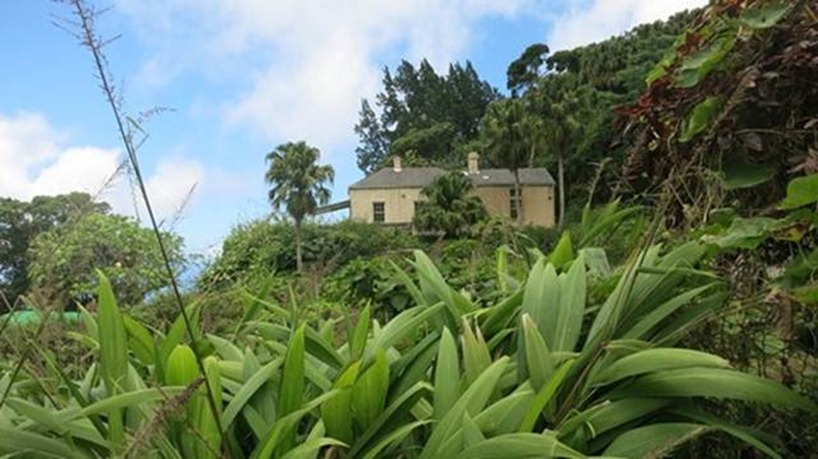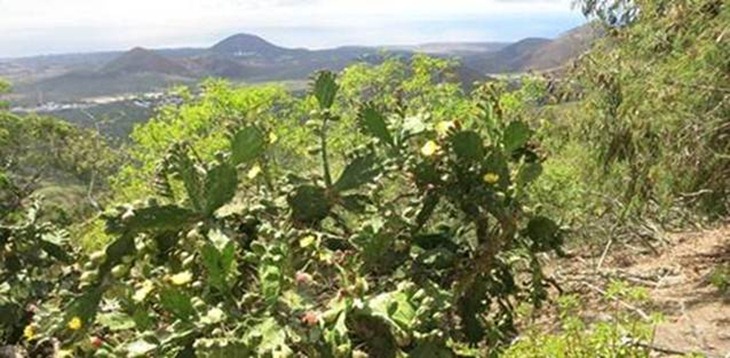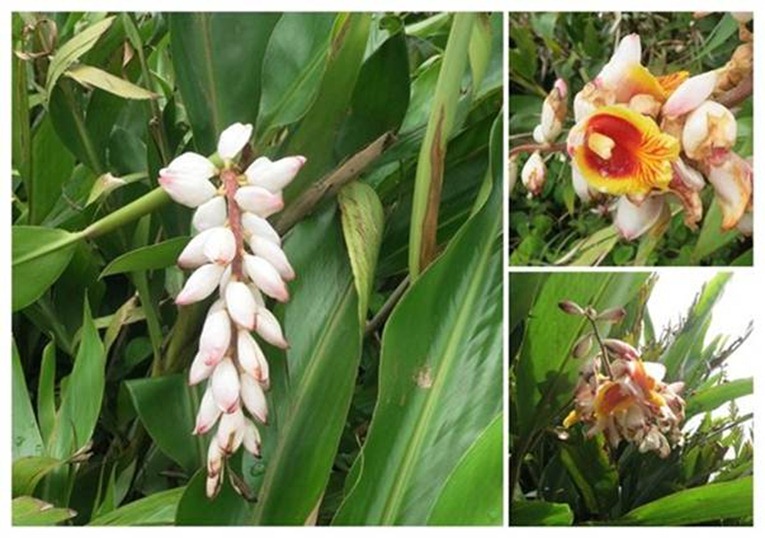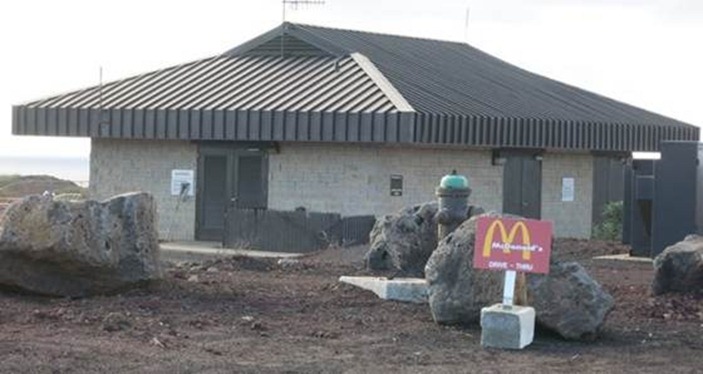Remembering Ascension Island

|
Lying in the middle of the South Atlantic, Ascension is a remote and fascinating British overseas territory under the auspices of St Helena. It is a mountainous peak, a dormant volcanic island rising from the floor of the Atlantic Ocean on the mid-Atlantic volcanic ridge with a moon-scape of young ashy cones, craters and lava fields relatively unspoilt by erosion and with little plant life.
Towering over them at 858 metres is Green Mountain which is older and lush with vegetation.
700 miles NW of St Helena, Ascension is sub-tropical but cooled by the influence of the south east trade winds for most of the year. Unlike St Helena the surf rolls up onto wide white sand beaches that relieve the rocky coastline.
Ascension is a major breeding area for green turtles which benefit from its peaceful beaches and bays.
The Ascension frigate birds, which are smaller than their mainland cousins, find the hatchlings easy pickings and an important food source. The island is one of the most important sea bird breeding sites in the tropical Atlantic, the colonies include the attractive sooty terns and fairy terns, tropic birds, 3 species of booby, storm petrels, black and brown noddies and of course, the pirate of the sea – the frigate bird.
One of the earliest land-lubbers, living high up in the moist areas of Green Mountain and still around in plenty, is the yellow and purple land crab. Although shy, these primitive creatures can be seen hiding under foliage until they need to breed and lay their eggs when, like the turtles, they make for the beaches and can be seen crab-wising their way to the high-water marks.
Don't come any nearer, I can pinch!
There are other land-lubbing species which are not endemic, some of which have been and still are a nuisance as they are in many countries. Discovered in the 16th century, first by a Portuguese explorer who named it Conception and a bit later by a French explorer who named it Ascension the island remained neutral as neither staked a claim. It became a traditional port of call for ships on the Cape of Good Hope route, Captain James Cook stopped here to collect turtles as a living meat store for HMS Resolution. As a result of these visitors and later British settlers the usual invasive species of rats, cats, rabbits and goats were introduced. To protect their bird nesting areas including ground nesting birds, Ascension has had a crack team from New Zealand working to eliminate feral cats and it is said to have been successful although there are domestic cats still in the town so it remains to be seen if the problem has been eliminated once and for all. Now, of course, there is the rat problem to address which is escalating without the cats; bait boxes are to be seen wherever one goes. One animal which has lost its role as a major form of transport for carrying water can be seen wandering peacefully and doesn't seem to cause a problem although they are culled apparently.
Always a garrison island, Ascension was first settled by the Royal Navy stationed here to prevent occupation and rescue attempts by the French when Napoleon was imprisoned on St Helena. They tunnelled through Green Mountain to enable water from Dampier's Drip, the island's only supply then, to be quickly transported from one side of the island to the other.
Agriculture was developed to support the garrison and was improved later when the Marines took over from the Royal Navy after Napoleon's death. They did much to develop the settlement by improving the water supply with vast catchment areas, creating better paths and erecting buildings including a small hospital up in the cool reaches of Green Mountain and now a Governor's residence. However, any farms are long gone and now there are feral sheep, chickens and cattle roaming the more fertile areas, we saw a couple of tiny lambs scampering through the underbrush after their bedraggled looking mothers. The only produce we saw being grown was in the garden of a residence up on Green Mountain but it was very abundant, it seems a pity that all food stuffs are now imported.
The greening of Ascension happened fairly rapidly after human settlement. Prior to that, as a relatively young volcanic island and due to its remoteness, it had only 25 native plants consisting mainly of ferns, grasses and lichens. Three of these are now extinct due to predation by introduced animals and loss of habitat due to more vigorous introduced plants, many sent by Kew Gardens in the 19th century. This was part of a unique experiment to encourage more moisture by creating a cloud forest on the top of Green Mountain through the mass planting of exotic species. It certainly did the trick, we spent a long time walking through drizzle and heavy swirling cloud when we went up. Strangely it was botanists from Kew Gardens who in 2009 re-discovered the tiny parsley fern, thought to be extinct but saved due to their rapid response. Now there is an abundance of species from all corners of the globe largely covering the Green Mountain National Park area but there is also a well-supported conservation programme devoted to the preservation and propagation of the native species which, along with sea birds, land crabs and turtles, were Ascension's first colonisers and are featured on many of the island's postage stamps.
Some introduced species found on the way to the top of Green Mountain.
Prickly Pear
Ginger
Glory bower
Christophene A really good boat vegetable due to its excellent keeping qualities and versatility for using raw or cooked.
Indeed Ascension has had a short but busy history. Eastern Telegraph took over administration after the first sub-marine telegraph cable was laid in 1899 and the Marine garrison was finally withdrawn. It became a hub at the centre of cables reaching out to South and West Africa, Europe and Central America. This later evolved into Cable and Wireless. The island was an important staging post for the American military to re-fuel aircraft during the second world war and for the British during the Falklands war so there is a good an air strip here built by American Army engineers and still well used including regular Tristar flights by the RAF who operate services to the Falklands as well as UK, no doubt it will link with St Helena when that airport is completed in 2016. There are still the remains of a sizeable NASA installation which was in operation from 1966 to 1990 with a role in the moon landings and space shuttle programme. A major communications coloniser still here now is the BBC.
The BBC arrived in 1961 and set up their headquarters and transmitters for relaying their World Service Broadcast of programmes to Africa and South America, we have listened to many of them whilst in the African region, very informative and enjoyable for us with often little radio service available. A small village, Two Boats, was built for their staff and a power station and desalination plant where developed at the BBC site which solved the ever present problem of fresh water for the island – good old Auntie BBC!
English Bay, site of the BBC World Service Installation with aerials just visible in the heat haze beyond the volcanic cones.
We've seen this sign all over the world but didn't expect this one. Seen near the USAF base – missing home?
Ascension
is still a garrison island with a small RAF base and a USAF base forming the
majority of the population along with Cable and Wireless and the BBC staff.
Local government personnel and civilians from St Helena and a few other places,
provide the wider support structure for these organisations and other island
visitors but this is a transient community as there is virtually no permanent
population. All personnel, military and civilian, are on annual or 2 year
contracts. Babies are born here but not registered here, they are registered
either in the parents' country or as St Helenians - Saints as the locals call
themselves. Had
it not been for Gryphon II and our circumnavigation we would never have visited
Ascension Island. It has been a revelation that a tiny dot of an island only 7
miles wide and surrounded by hundreds of miles of empty ocean can have played
such a strategic role in so many ways and present a truly unique environment. We
are very grateful that we were able to spend just a little time here to learn
and enjoy.
|
